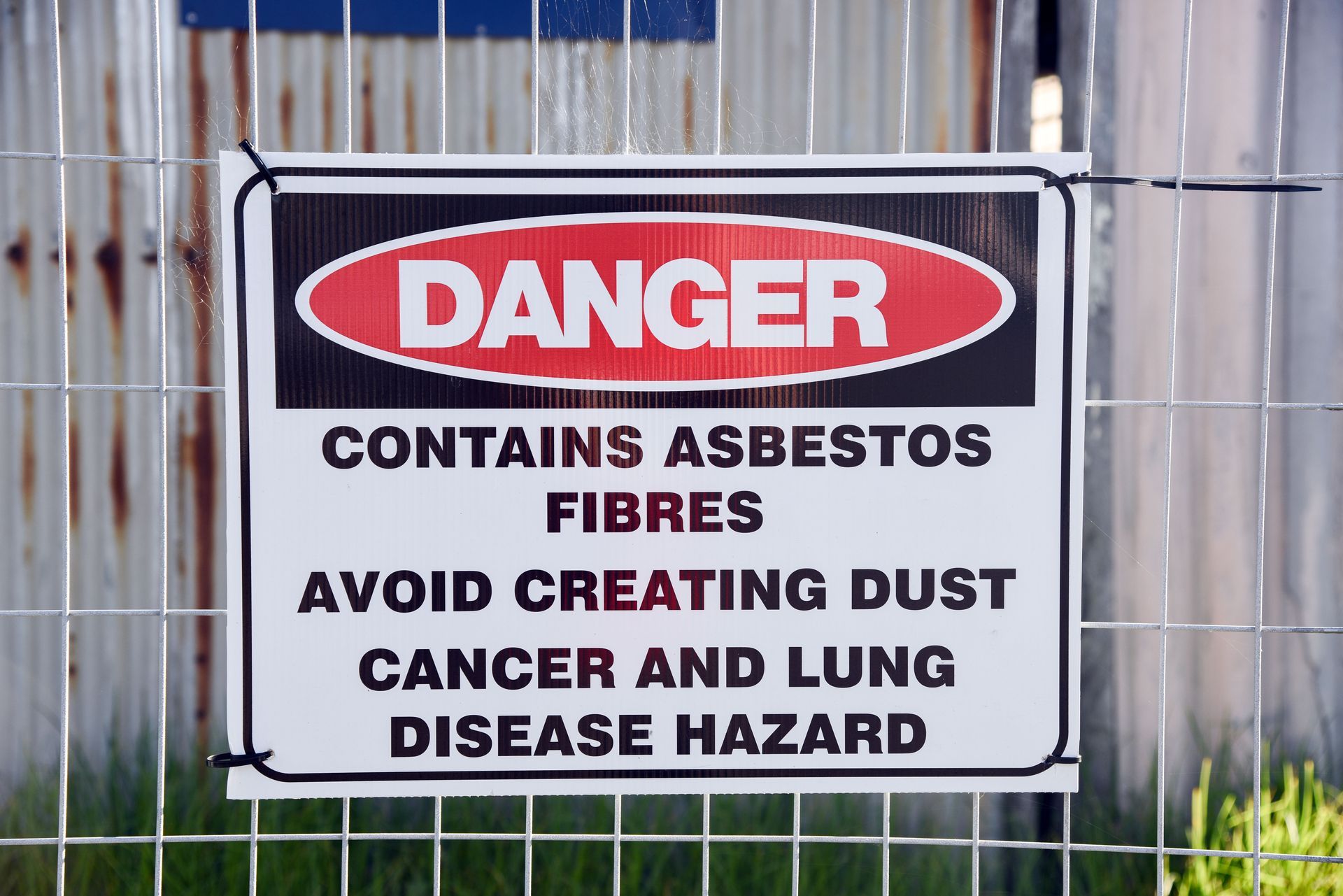How Do I Know if I Have Been Exposed to Asbestos?
Asbestos exposure is a serious health concern, given that it can lead to severe and potentially life-threatening conditions. However, knowing whether you’ve been exposed and what to watch out for can be challenging. In this article, we'll explore how to identify potential asbestos exposure, the symptoms to look out for, and steps to take if you suspect exposure.
Where Asbestos Exposure Happens
The first step in determining whether you've been exposed to asbestos is understanding where exposure commonly occurs. Asbestos was widely used in the past in construction materials such as insulation, roofing, and flooring due to its heat-resistant properties. If you've lived or worked in buildings constructed before the 1980s, especially without renovations, you might have been exposed to asbestos fibers. Renovations, demolitions, or maintenance work in older buildings increase the risk of fiber release into the air. Even minor disturbances, such as drilling or sanding asbestos-containing materials, can release microscopic fibers that are easily inhaled. People living in older homes or working in dated buildings should be particularly cautious and consider having a professional inspection if asbestos is suspected.
Jobs with Higher Exposure Risk
Another indicator of potential exposure is occupational hazards. Professions in construction, shipbuilding, manufacturing, and mechanics historically used asbestos-containing materials. Consequently, those employed in these industries, especially before regulations were enforced, are at a higher risk of exposure. Understanding your work history and reviewing safety measures at your workplace can help assess exposure risks. Workers involved in installing, repairing, or removing insulation, brakes, or boilers may have handled asbestos directly. Even family members of these workers can be affected through secondhand exposure if fibers were brought home on clothing or equipment. Employers are now required to implement strict safety protocols, but long-term exposure before these measures were in place remains a concern for many.
Symptoms to Watch For
It’s also important to consider symptoms and health issues related to past exposure. According to Mesothelioma.com, symptoms do not develop for 10 to 50 years after being exposed to asbestos. This delay makes it difficult to connect current health problems to past exposure. Common symptoms associated with asbestos-related diseases include persistent coughing, shortness of breath, chest pains, and respiratory issues. Fatigue, weight loss, and difficulty swallowing can also occur in more advanced cases. Because these symptoms often resemble those of less serious illnesses, they may go undiagnosed or be misattributed unless a doctor is aware of possible asbestos exposure. Keeping a detailed record of your exposure history can be helpful during medical consultations.
How Doctors Detect Exposure
Medical evaluation and diagnostic tests are crucial steps in determining exposure impact. If asbestos exposure is suspected, healthcare providers might recommend imaging tests such as X-rays or CT scans to detect abnormalities in the lungs. Pulmonary function tests can also assess respiratory health. Early detection and diagnosis are essential in managing conditions like asbestosis, lung cancer, and mesothelioma, which have strong links to asbestos exposure. Doctors may also use a biopsy to confirm a diagnosis if imaging results show suspicious areas. In some cases, blood tests that detect biomarkers associated with mesothelioma can support the diagnostic process. Regular checkups and screenings are especially important for those with known exposure histories, as early intervention can greatly improve outcomes.
Steps to Prevent Future Exposure
Finally, awareness and precaution are key in preventing future exposure and protecting others. If you suspect your home or workplace contains asbestos, consult with professionals for an inspection and removal instead of attempting it yourself. Disturbing asbestos materials without proper containment increases the risk of inhaling dangerous fibers. On a personal level, knowing how to identify potential asbestos-containing materials and avoiding direct contact can reduce your risk. Knowing the signs of potential exposure empowers you to take action and seek medical advice promptly.
Recognizing past asbestos exposure can be challenging due to delayed symptoms and historical usage in various settings. If you or a loved one believes they have been exposed, asbestos lawyers can help you take action. Though the effects can emerge decades later, understanding the risks and seeking medical advice can significantly impact your health. By taking proactive steps and remaining informed, you can better manage your health and minimize asbestos-related risks.
The Law Office of Bruce W. Slane, PC, provides legal support for mesothelioma cases to clients throughout New York. Contact one of our experienced asbestos lawyers today.






Share On: